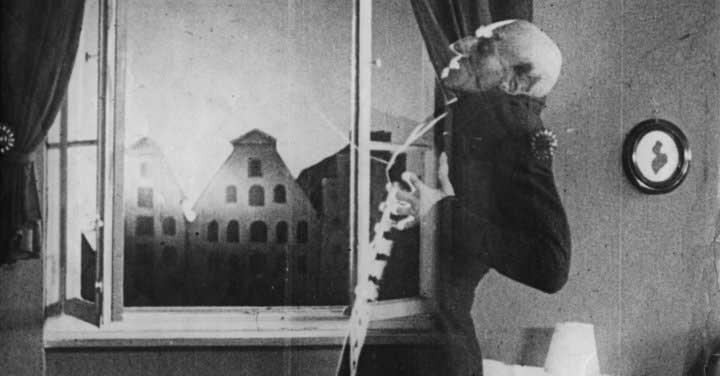Whilst working on setting up the APS Mdina Cathedral Contemporary Art Biennale, an exhibition involving several local and international artists, I became acutely aware of the constant need for reinvigoration; art (together with all disciplines) and spaces must be perennially renewed through direct and committed engagement with their histories and present-day realities. The Mdina Cathedral Museum has been undergoing gradual refurbishment works for some time now thanks to the vision of Mons. Deguara, curator Dun Edgar Vella, and their team. Hosting a contemporary art project within medieval and baroque halls is quite courageous, more so for an institution associated with tradition and convention. Contrary to what many may think, the Cathedral Museum is run by open-minded individuals who once again welcomed Dr Giuseppe Schembri Bonaci to be the artistic director of a project that provokes thought on art and politics today.
This innovative bridging between past and present is central to another project taking place during the same days of the Mdina Biennale. The Malta International Organ Festival, now in its fourth year, invites audiences into Malta's churches and cathedrals to listen to music of divine proportions. Dr. Joseph Lia, the festival's artistic director, strives to bring world-class musicians to perform amidst the beauty of local sacred spaces. Each year, the festival not only offers a traditional repertoire, but also bridges the baroque with the twentieth and twenty-first centuries. This latter part is what intrigues me most because it initiates a rethinking of the organ as a musical instrument beyond its ritualistic function.

There are two events within the 2017 programme that spark much interest. On Friday 1 December, the 1922 silent horror film Nosferatu: A Symphony of Horror will be screened at St Paul's Anglican Pro-Cathedral in Valletta and accompanied by an organ performance by Wayne Marshall. Marshall will be interpreting F.W. Marnau's cinematic classic, merging visuals and live music. Organ music and horror films complement one another; they create ominous moods that certainly leave a lasting impact. The setting of the Anglican Cathedral would serve to intensify the experience, making the event a veritable gesamtkunstwerk.
Quite different to the rest of the programme of performances, all of which will be held in places of worship, is a bar organ concert. Franco Cefai will play the organ in a bar in Strait Street on Monday 27 November, challenging the boundaries of the instrument and its conventional environment. Organised in collaboration with the Strada Stretta Concept, under the auspices of the Valletta 2018 Foundation, the establishment Ortygia will be the setting for Bach's Chorale Preludes, setting new standards for the experience of listening to the German baroque composer's music.
Schembri Bonaci, the artistic director of the Strada Stretta cultural programme, has for the past three years been working on collaborative projects that transcend temporal, spatial, and disciplinary categories. The same approach is applied to all his work, be it academic or artistic. Lia has for a second year running welcomed the idea for the festival to bridge the sacred with the secular, and high art with the popular. These exchanges are what make artistic events relevant and new year after year.
The opening concert will bring organ and viola together in the Church of St. Francis of Assisi in Valletta November 21st, and the closing grande finale at St. Augustine Parish Church, Valletta will see the organ accompanied by the Valletta Chamber Orchestra. A full calendar of events will run from the opening night until Thursday 7 December.
For more information on the 2017 edition of the Malta International Organ Festival and to see the full programme, visit www.maltainternationalorganfestival.com.